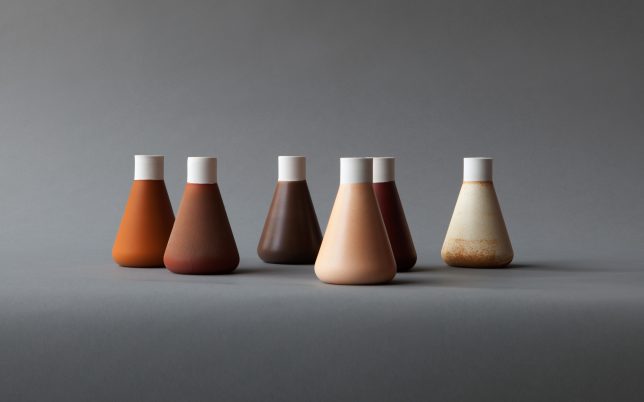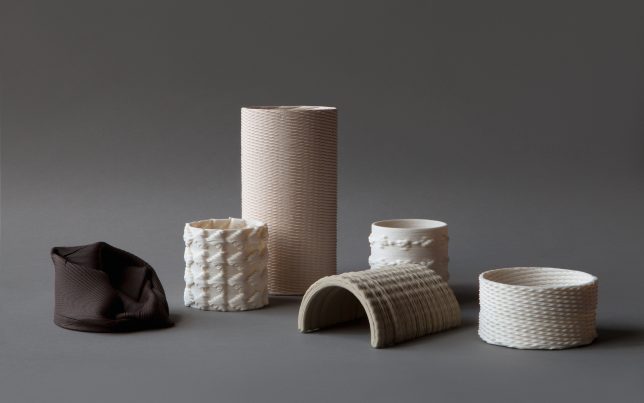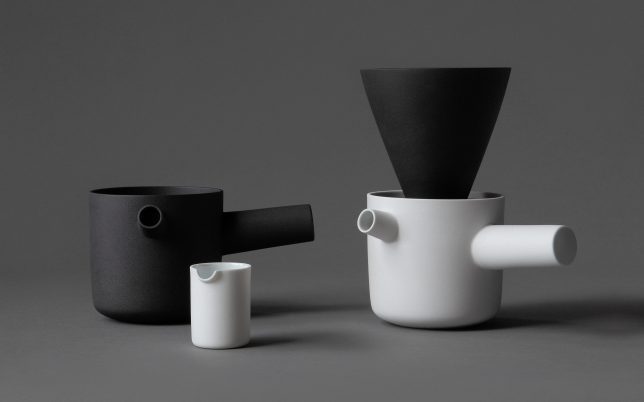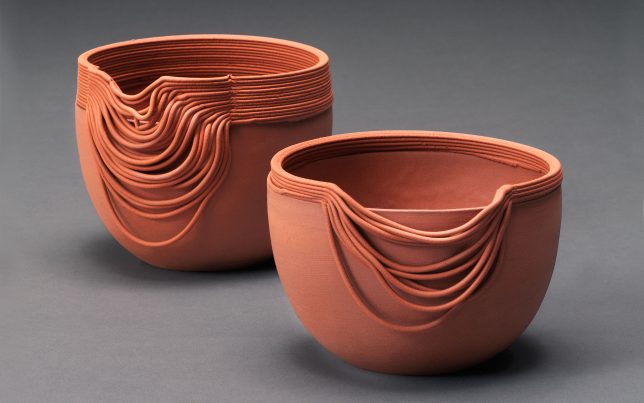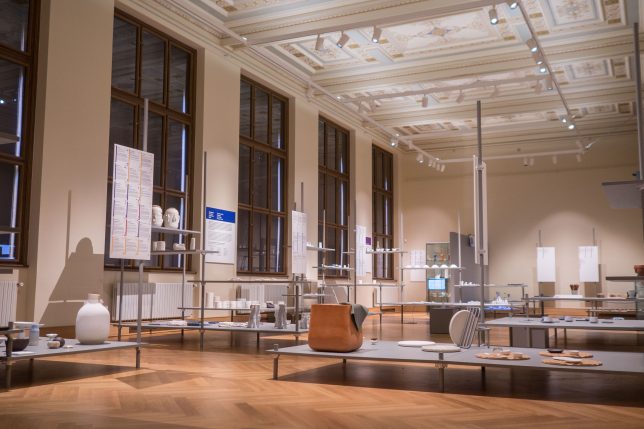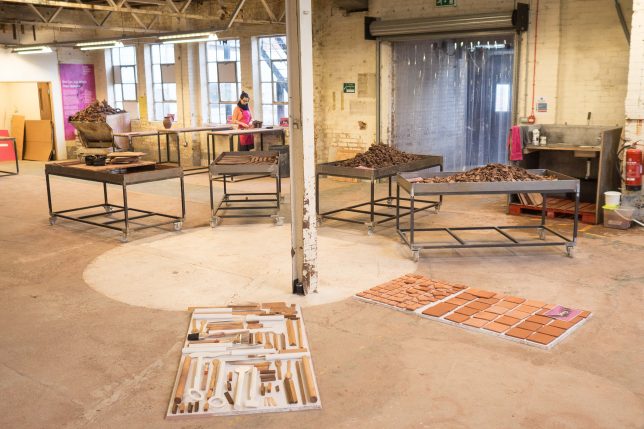On Tuesday November 6th 2018 the Ceramics and its Dimensions Final Symposium was held at the Representation of the Free State of Bavaria in Berlin. The results of the Ceramics and its Dimensions: Shaping the Future (Module 6) exhibition were presented together with the results of all the other sub-projects. In the evening there was also an evening reception held at the same venue.
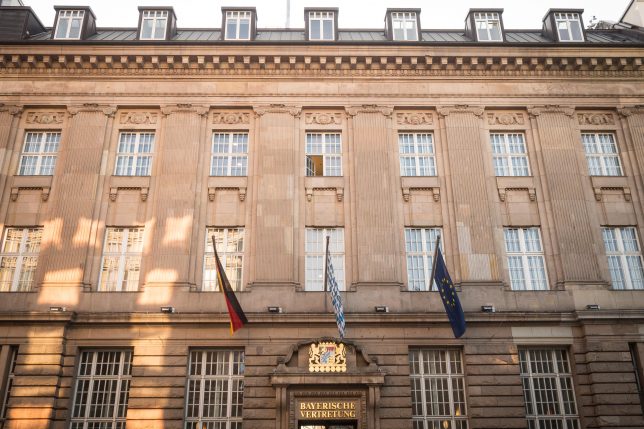
The symposium was attended by the European partner institutions and each of the sub-projects were presented by the responsible partners. Porzellanikon porcelain museum director and the leader of the Ceramics and its Dimensions project Wilhelm Siemen welcomed the project partners to the symposium and spoke in his speech about four years long journey of the project, that started in 2014. Professor Maarit Mäkelä from Aalto University, School of Arts, Design and Architecture and professor Barbara Schmidt from weissensee kunsthochschule berlin presented the Ceramics and its Dimensions: Shaping the Future sub-project. They talked e.g. about the collaboration between the four European sub-project partner universities, the Kahla workshop in spring 2016, the Ceramics and its Dimensions: Shaping the Future publication, the exhibition architecture and the two years long tour of the exhibition. The project has led into fruitful international collaboration e.g. in the field of technological applications.
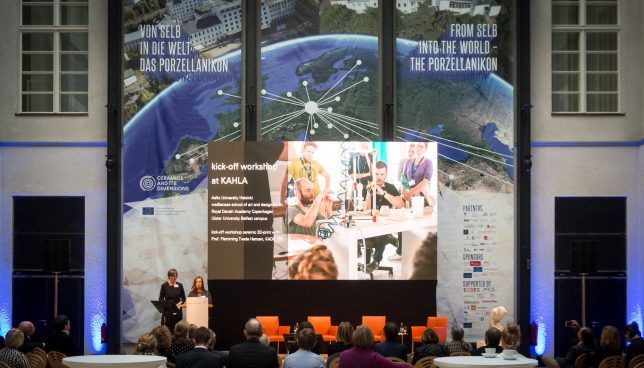
Community and Education Programme Manager Dena Bagi from British Ceramics Biennial (BCB) presented the results of the sub-project Education & audience development program (Module 7). Part of the sub-project was the development of the successful Clay Pit workshop in collaboration with Shaping the Future co-ordinator Priska Falin. The workshop concept was first experimented during BCB 2017 and since then it has been organised e.g. in Finland and it has won the Fantastic for Families – Best Family Event Award 2018.

Module 1 – “Ceramics between change and challenge – between past and present” was presented by Biljana Crvenković from Muzej primenjene umetnosti (Belgrade, Serbia) and Dr. Biljana Djordjević from Narodni Muzej u Beogradu (Belgrade, Serbia). Module 2 – “European cultural lifestyle in ceramics – from baroque until today/Traveling exhibition” was presented by Dr. Claudia Casali from Museo Internazionale delle Ceramice (Faenza, Italy). Module 3 – “Architectural ceramics in Europe” was presented by Dr. Jaume Coll Conesa from Museo Nacional de Cerámica y Artes Suntuarias “González Martí” (Valencia, Spain). Module 4 – “Prop ceramics and their relevance in film and advertising” was presented by Désirée Neeb from Porzellanikon (Selb, Germany). Module 5 – “Talking heads interviews” was presented by Jean Milton from The Potteries Museum & Art Gallery (Stoke-on-Trent, UK). Module 9 – “Communication” was presented by Prof. Dr. Andreas Will and Dr. Daniel Schultheiß from TU Ilmenau (Germany). Module 10 – “Skills, Value and Place – A Celebration of Skill” was presented by Dr. Christopher McHugh from University of Ulster (Belfast, NI). At the end of the symposium Lea Stöve from the German Creative Europe Desk Deutschland – Kultur, conducted a discussion between all the project partners about their experiences and future visions. Creative Desks operate in all the EU member countries to assist in matters related to the Creative Europe programme of the EU.
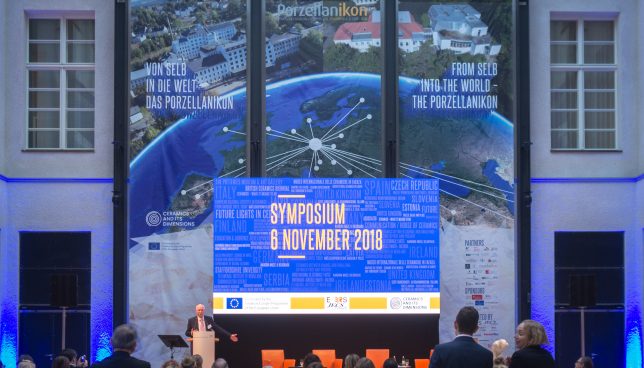
The evening reception was organised in the same space as the symposium. Professor Maarit Mäkelä presented the Shaping the Future exhibition at the event. “The current environmental situation creates challenges and possibilities for ceramics as a local and sustainable material.” she stated when being asked about future of ceramics. At both events, the Future Lights (Module 8) winners Rhiannon Ewing-James, Maria Juchnowska and Monika Daul-Müller presented their work and how winning the competition has effected their lives.
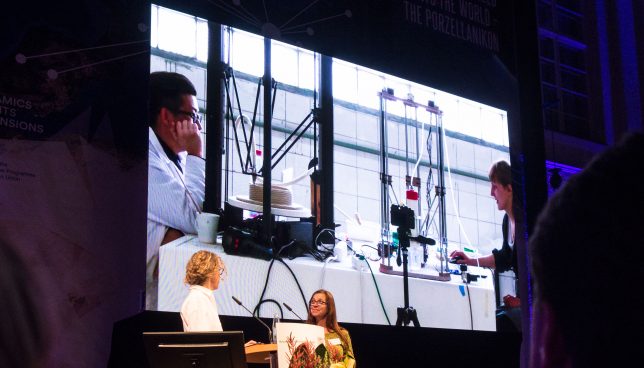
The symposium was the final meeting of the European Ceramics and its Dimensions project. Great collaborations have been developed around the project during the four years it has been running. Hopefully they will continue also in the future!

